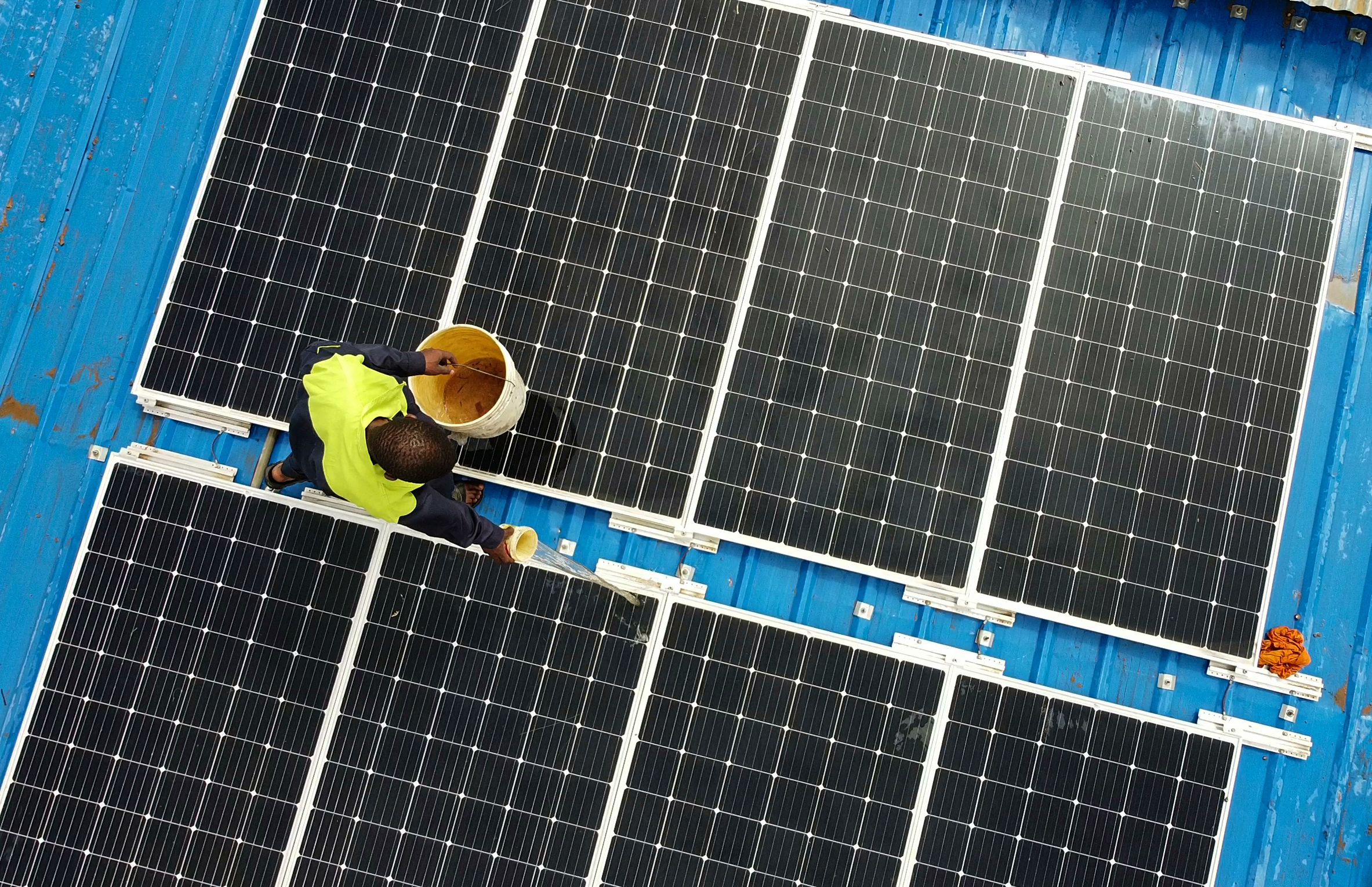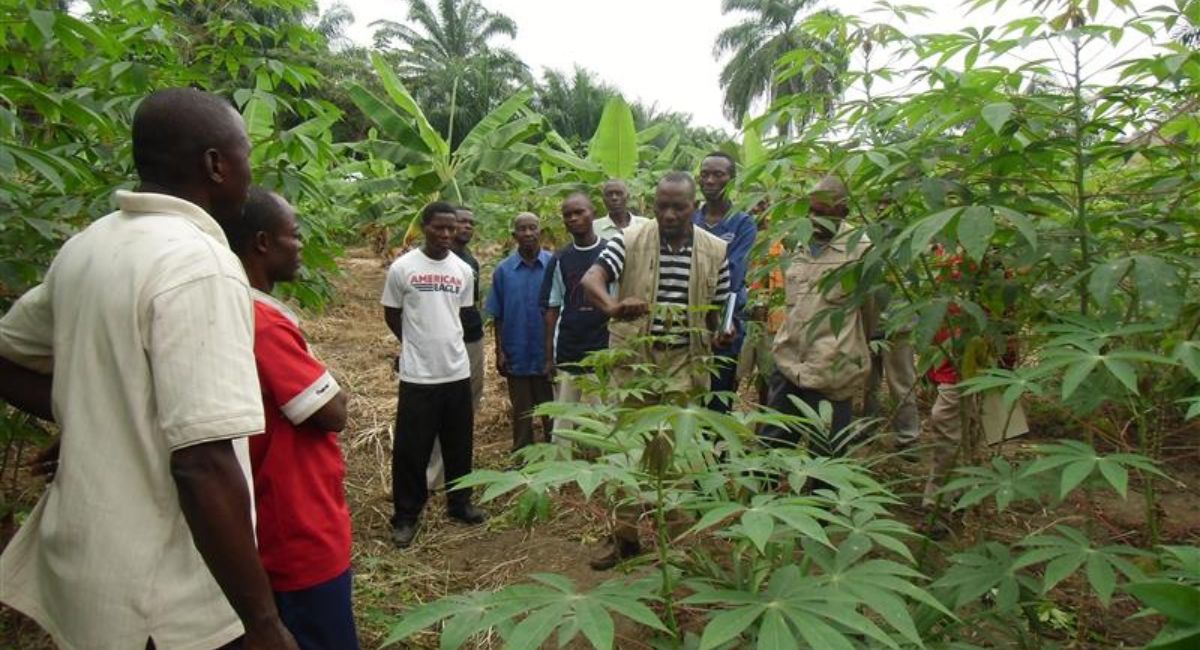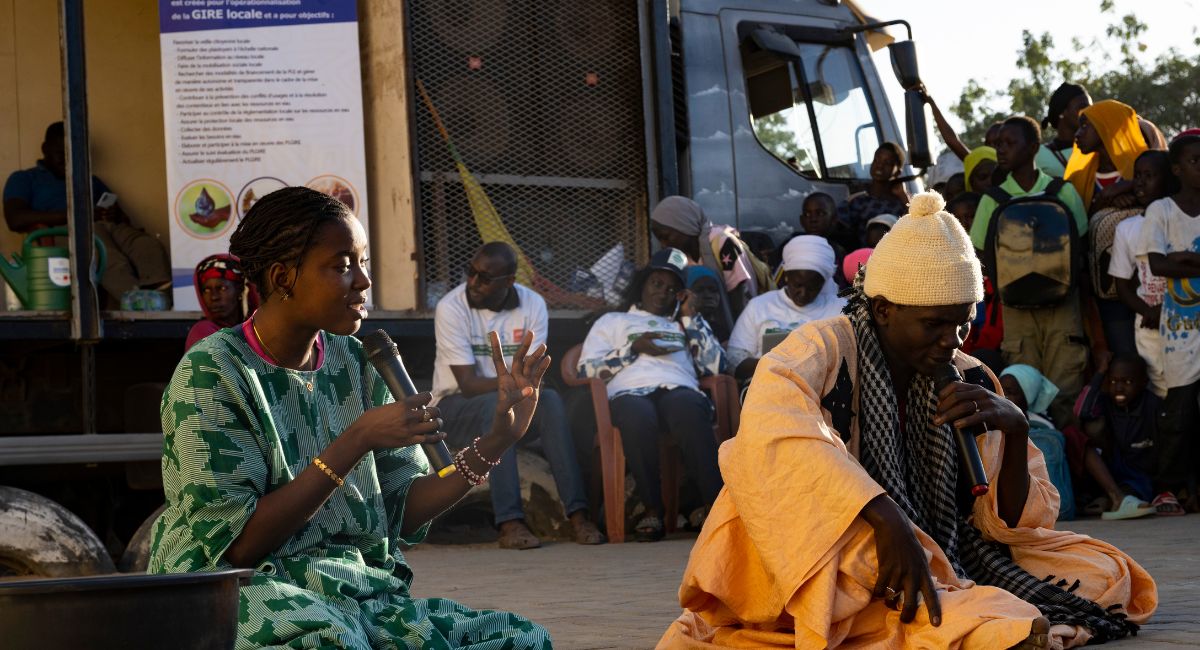Increased risks of flooding, intensification of rainy seasons, desertification… The impacts of the climate crisis are increasingly visible across the world and new challenges must be taken into account when implementing development projects.
In light of this, at the extraordinary General Assembly of 7 April 2022, GRET’s first climate strategy was adopted. The latter concerns the organisation itself and its projects in the field.
Two main issues were identified:
- Adaptation, so that populations can become more resilient to cope with the impacts of climate change.
- Mitigation, to contribute to reducing worldwide greenhouse gas emissions (GGEs) to limit the intensity of the expected impacts of climate change.
At project level
Maladaptation
In GRET’s fields of intervention, the priorities expressed often reveal how vulnerable populations and projects are to the impacts of climate change.
The second last report published by IPCC in 2021 highlighted unintentional maladaptation. When a development project does not take future climate change into account, it inadvertently strengthens communities’ and territories’ exposure to these impacts. This can also render projects, support and investments useless, sometimes over a very short period.
To what extent are the projects and populations supported by GRET exposed and vulnerable to climate change? To what extent do projects take evolution of the climate into account? How do they strengthen the resilience of communities and territories and avoid maladaptation?
Mitigation
For each project, GRET works in accordance with the GGE reduction approach implemented by the national or local authorities. For example, since 2020, its teams have been supporting 50 Togolese communes with their local climate-energy planning so that, in the long term, they can define their own strategies.
By promoting agroecology, composting, access to renewable energies or the use of local, bio-sourced materials, GRET contributes in a concrete manner to low-carbon transition in the territories, communities and ecosystems it supports.
However, to ensure a decrease in GGEs over the long term, these projects need to take a holistic approach and consider the interdependence of all emissions sectors in the territory. For example, a landfill project will make it possible to reduce greenhouse gas emissions. However, thought must be given to the location of the landfill so that transport of waste from its site of generation to the landfill does not involve excessively high emissions.
Analysis of GRET’s projects
GRET has set itself a collective objective of systematic qualitative analysis of each project’s levers of action (adaptation and mitigation). In addition, GRET will also address impacts on biodiversity. This gives flexibility to take account of the various territories’ priorities while systematically questioning, through an “ecological transition” prism combining climate and biodiversity, modes of development induced by GRET’s projects.
With this in mind, GRET’s international teams implemented an “Ecological transition” marker and a checklist to identify the sources of positive and negative impacts of the projects conducted. These tools also question the exposure of projects to climate hazards and, thereby, risks of maladaptation.
In addition to better identification of impact sources, training and awareness-raising sessions were conducted within each thematic team.

At the level of the organisation
The low-carbon strategy and the international aid sector
In conducting its activities, like many companies, GRET travels, purchases, generates waste… However, with a view to mitigating greenhouse gas emissions globally, the last IPCC report published in 2022 points to the absolute need to drastically reduce these emissions by 2025 – at all levels and in all sectors – and the need to mobilise a lever seldom previously highlighted: sobriety.
In this context, how can GRET ensure the continuity of its general interest mission while contributing to this necessary sobriety?
An increasing number of NGOs, in particular those working in the humanitarian sector, are attempting to address this issue and setting themselves objectives in terms of reducing emissions, as demonstrated in the letter of commitment produced by Réseau environnement humanitaire. Yet, currently, methodologies to develop low-carbon strategies (strategies aimed at reducing a territory’s or organisation’s GGEs) place particular focus on the private sector and are therefore not well suited to the NGO sector.
Collective definition of GRET’s low-carbon strategy
The Ecological transition working group, co-facilitated since 2019 by a group of volunteers from GRET’s various teams and representations, focused on adapting this approach to suit the development sector. After analysing existing methods and possible choices for GRET, this group facilitated consultation over a one-year period to co-construct a made-to-measure climate strategy that is appropriate for the organisation and addresses the challenges posed by the climate crisis.
With a view to constructing a collective strategy that can be adapted to suit all of its fields of intervention, GRET drew inspiration from the Paris Agreement. A long-term common ambition was defined. Based on the organisation’s emissions in 2020, the latter is aimed at an average reduction of 50 % of GRET’s GGEs by 2030.
In addition, similarly to States, which must define their own contribution to the Paris Agreement, each site (headquarters and representations) is in charge of defining its own action plan, including its strategies and possible actions to reduce its greenhouse gas emissions in all of the following sectors: energy consumption, waste, procurements and fixed assets, digital activity, travel for work and travel to and from work. This autonomy is in line with the association’s wish to decentralise, and enables the implementation of locally appropriate strategies that are viable over the long term.
Lastly, a best practices guide was also produced to guide each member of GRET through this approach.
The fight against climate change is full of uncertainty: to what extent will States, businesses, civil society and citizens enable GGEs to be reduced? What will be the related climate impacts? GRET’s Climate strategy itself still features zones of uncertainty, as is the case for all new approaches. “COPs” will therefore be organised within the organisation every year to take these into consideration and collectively adapt this strategy so that GRET can do its fair share.






